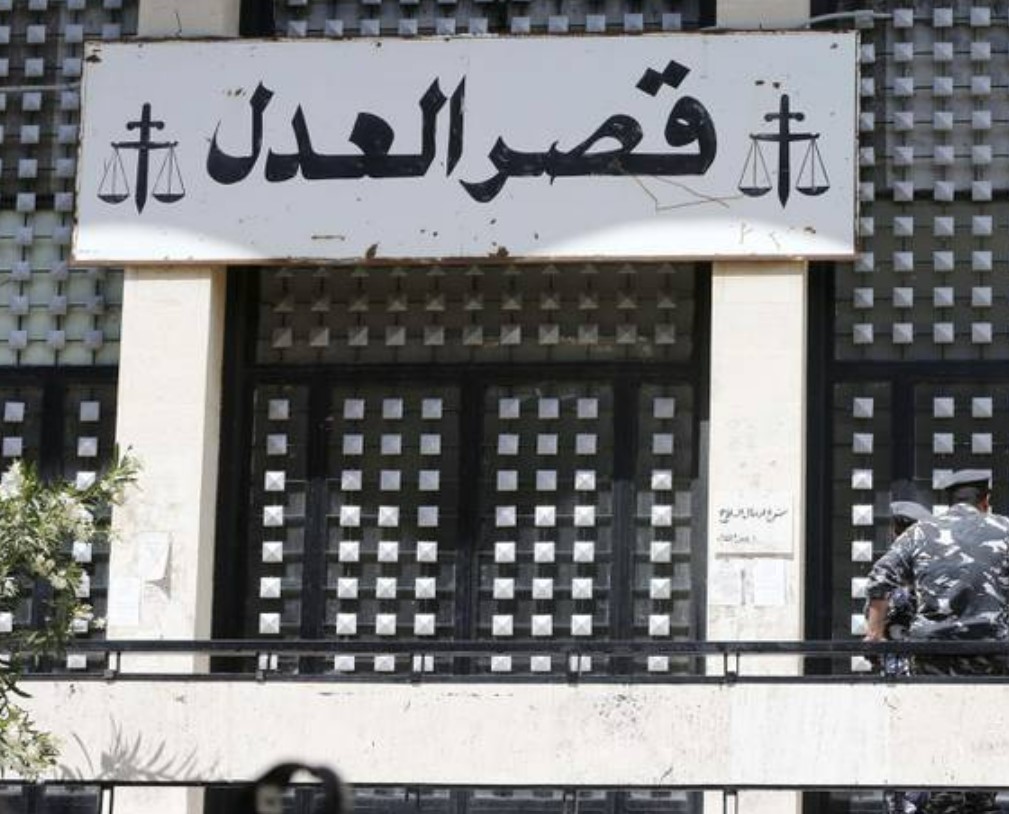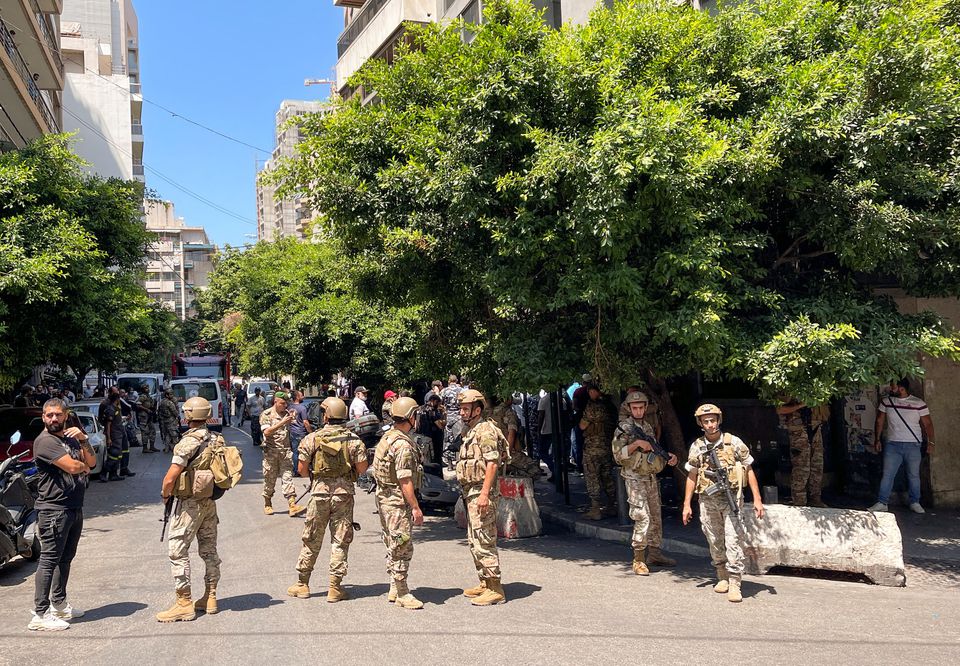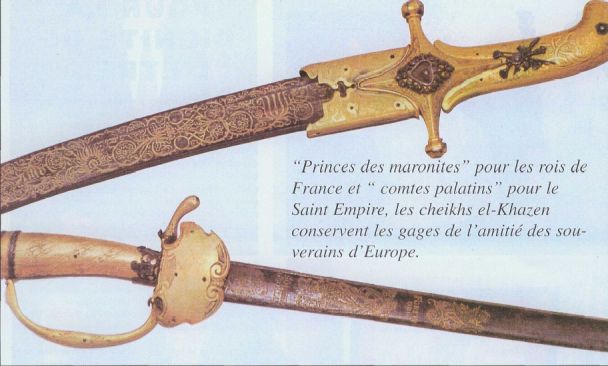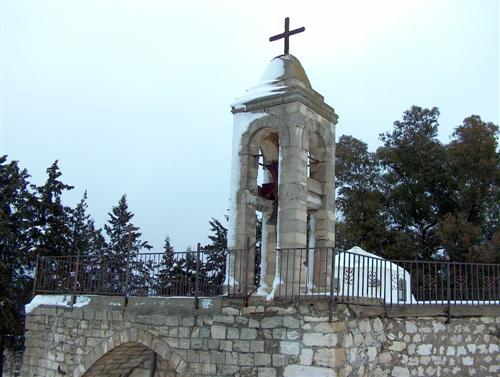
by Mohammed Tawfeeq, CNN -- Authorities in Lebanon moved to ban the “Barbie” movie from cinemas on Wednesday, saying it promotes homosexuality and violates the nation’s values. Culture Minister Mohammad Mortada banned the film from cinemas after delaying its release date to late August, saying it contradicts the “moral and religious values as well as the principles of Lebanon,” state-run media reported Wednesday. The minister said the movie also “promotes sexual deviance and transsexuality,” by Lebanese state-run media on Wednesday. “Sexual deviance” is a term commonly used in the Middle East to refer to homosexuals. The ban comes amid heightened anti-LGBTQ rhetoric by some politicians and government officials in Lebanon and the wider Middle East.
How Barbie made a surprising comeback Hassan Nasrallah, the leader of Lebanon’s Shiite Islamist Hezbollah movement, launched a tirade against homosexuals in late July during a speech marking Ashura, which commemorates the killing of the Hussain bin Ali, Prophet Mohammed’s grandson, in the 7th century. He referred to homosexuality as “sexual perversion” and identified same-sex relations as a “threat” to Lebanon. Days earlier, Nasrallah threatened the LGBTQ community in a video message, encouraging the use of derogatory terms and for them to be punished.

By Najia Houssari -- arabnews.com -- BEIRUT: At least two people were killed on Wednesday in clashes between armed Hezbollah fighters and Christian residents of Kahale, after a militia truck overturned on the road between Damascus and Beirut. Shots were fired after Hezbollah operatives who were escorting the vehicle surrounded the truck, which crashed on a downhill turn near Kahaleh, about 15km from the Lebanese capital. Security sources said one of the dead was a Hezbollah member and the other was villager Fadi Bejjani, 60. TV footage showed men in plainclothes firing rifles in the street. A third person was reportedly injured in the shootout, and bullets damaged nearby buildings.
Lebanese army troops were deployed around the lorry at nightfall while a crane was used to remove wooden crates from it. Witnesses said the boxes appeared to be ammunition crates, but there was no official confirmation. The truck was plain white in color with no military markings. Hezbollah later confirmed the truck belonged to them and one of their members had been killed while securing it. Church bells rang in the village to call people to gather. There were confrontations between villagers and the army as soldiers tried to prevent civilians from approaching the truck. The vehicle overturned at a notorious accident spot on the treacherous, winding road, which has many dangerous curves. Witnesses said the driver was injured when it overturned and fled the scene. A village spokesperson said they would not allow the vehicle to be moved, and urged “the Lebanese state to carry out its duties.” He added: “The army personnel who are present do nothing.”

by Dario Sabaghi -- newarab.com -- The Palestinian refugee camp of Ain al-Hilweh in Sidon, Lebanon, became the centre of intense fighting between rival armed groups last week. Between 29 July and 2 August, explosions, rockets, and gunshots shook the camp, resulting in at least 12 deaths, dozens of injuries, and the displacement of 2,000 people. The camp, housing nearly 50,000 registered Palestinian refugees, is now under a fragile ceasefire. The clashes reportedly started with an unsuccessful attempt to assassinate Islamist militant Mahmoud Khalil, nicknamed Abu Qatada, resulting in the death of one of his associates by a Fatah-affiliated gunman named Muhammad Zubaidat. Later, Islamist militants ambushed and killed Abu Ahmed al-Armoushi, a Palestinian security official linked to Fatah, along with his three associates. Full-blown fighting then erupted across the camp. "Between 29 July and 2 August, explosions, rockets, and gunshots shook the camp, resulting in at least 12 deaths, dozens of injuries, and the displacement of 2,000 people" A preliminary ceasefire was established on 2 August. However, clashes resumed later that evening, prompting a renewed, although fragile, ceasefire a day later.
Numerous political figures have called for calm, including Lebanon's caretaker Prime Minister Najib Mikati, Palestinian Authority President and Fatah leader Mahmoud Abbas, Shia political party Hezbollah, Iran, and Hamas. Meanwhile, representative committees of the political factions are mediating to enforce the ceasefire. To grasp the extensive involvement of both domestic and foreign actors in managing the infighting, and the reasons behind the violence, it's essential to understand what the Ain al-Hilweh camp is and why it is important. Located near Sidon, a coastal city 44 km south of Beirut, Ain al-Hilweh is the largest among Lebanon's 12 Palestinian refugee camps. The camp is enclosed by a wall with guarded entrances and checkpoints monitored by the Lebanese Army. The 1969 Cairo Accord prohibits the army from entering the camp, a provision still in technical effect despite its annulment by Lebanon in 1987. This explains why Lebanon's Army didn't intervene and halt the hostilities. While the camp remains under Lebanon's sovereignty, its practical governance lies with Palestinians. This means that security and administration within the camp fall under the jurisdiction of popular committees and Palestinian factions and it serves as a hub for numerous rival armed groups.
'
by Jeff Wong, EY -- Kristin Gilkes, EY -- venturebeat --- The recent Ant-Man movie did a great job of putting quantum up in lights, but the future of quantum science shines even brighter than fiction. One application, quantum sensors, is already the basis of some of the most important systems and technologies in our world — global positioning systems (GPS) and magnetic resonance imaging (MRI) scanners are prime examples. Quantum sensors and quantum AI are just the beginning: Robots are now getting the quantum sensor treatment too. Quantum sensors will supercharge the way robots work and how we apply them to important 21st-century challenges.
Why quantum sensors are a big deal
Modern technology is full of sensors that measure heat, light, movement, pressure or other aspects of the physical environment. Quantum sensors add something new. They use the quantum properties of how particles behave at atomic scale to detect tiny movements or changes in gravitational, electric or magnetic fields. Because they work at such a small scale, quantum sensors can measure light or other observable phenomena extremely accurately. It also means they can provide a highly precise and stable measurement, as they measure properties like the structure of atoms or spins of atomic particles, which never change. This accuracy and reliability make quantum sensors very useful. They make sure the tick of atomic clocks stays true to the beat of time, a quality which puts them at the heart of GPS and other Positioning, Navigation and Timing (PNT) systems. They are also widely used in MRI scanners to provide clinicians with finely detailed diagnostic images. And they are also helping improve the environmental data available to scientists and industry, a vital aspect of global sustainability efforts.
It’s important to mention, though, that sometimes being so precise and sensitive can be less useful. That’s because it results in a lot of noise in the data. Noisy data is a challenge that teams like our EY quantum data science team are tackling by implementing AI to separate insights from the noise. In fact, combining quantum sensing with other technologies is a strategy with lots of potential. Quantum sensing and robotics is a good example. The tiny size of most quantum sensors, plus their high sensitivity, have already led to their use as tactile sensing elements in fiber optic cables for robotic arms — helping the robot arm to perceive its environment by detecting precise information about pressure, vibration, temperature or texture. Other potential applications of this powerful combination are also emerging. For example, we are starting to see quantum sensors combined with mobile robots. Information about the environment detected by the sensors, such as small changes in temperature or magnetic fields, can enable the robot to make more precise movements and decisions, as well as gather valuable data for other purposes.
Khazen History


Historical Feature:
Churches and Monasteries of the Khazen family

St. Anthony of Padua Church in Ballouneh
Mar Abda Church in Bakaatit Kanaan
Saint Michael Church in Bkaatouta
Saint Therese Church in Qolayaat
Saint Simeon Stylites (مار سمعان العامودي) Church In Ajaltoun
Virgin Mary Church (سيدة المعونات) in Sheilé
Assumption of Mary Church in Ballouneh
1 - The sword of the Maronite Prince
2 - LES KHAZEN CONSULS DE FRANCE
3 - LES MARONITES & LES KHAZEN
4 - LES MAAN & LES KHAZEN
5 - ORIGINE DE LA FAMILLE
Population Movements to Keserwan - The Khazens and The Maans
ما جاء عن الثورة في المقاطعة الكسروانية
ثورة أهالي كسروان على المشايخ الخوازنة وأسبابها
Origins of the "Prince of Maronite" Title
Growing diversity: the Khazin sheiks and the clergy in the first decades of the 18th century
Historical Members:
Barbar Beik El Khazen [English]
Patriach Toubia Kaiss El Khazen(Biography & Life Part1 Part2) (Arabic)
Patriach Youssef Dargham El Khazen (Cont'd)
Cheikh Bishara Jafal El Khazen
Patriarch Youssef Raji El Khazen
The Martyrs Cheikh Philippe & Cheikh Farid El Khazen
Cheikh Nawfal El Khazen (Consul De France)
Cheikh Hossun El Khazen (Consul De France)
Cheikh Abou-Nawfal El Khazen (Consul De France)
Cheikh Francis Abee Nader & his son Yousef
Cheikh Abou-Kanso El Khazen (Consul De France)
Cheikh Abou Nader El Khazen
Cheikh Chafic El Khazen
Cheikh Keserwan El Khazen
Cheikh Serhal El Khazen [English]
Cheikh Rafiq El Khazen [English]
Cheikh Hanna El Khazen
Cheikha Arzi El Khazen
Marie El Khazen